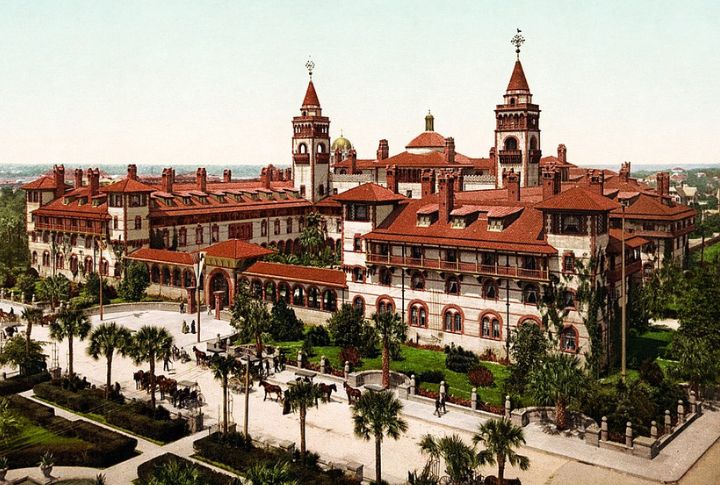
Jamestown, Virginia, often considered the first permanent English settlement in North America, marks a significant chapter in American history. However, other cities were already shaping the continent’s future long before Jamestown. This list highlights 10 such cities that predate Jamestown, each with its own rich cultural and historical legacy.
St. Augustine, Florida (1565)

Could pirates and rival nations conquer St. Augustine? The Spanish made sure they couldn’t. Founded in 1565 as a key military outpost, it became the gateway to Spain’s American empire. The star-shaped Castillo de San Marcos still bears the scars of sieges that tested its strength.
St. John’s, Newfoundland (1497)

Harboring one of North America’s oldest European settlements, St. John’s thrived as a fishing hub. English explorer John Cabot’s 1497 voyage marked its claim to fame. For centuries, the natural harbor attracted European fleets, fueling conflicts between the English, French, and Portuguese over control of the lucrative fisheries.
St. Pierre, Newfoundland (1536)

French fishermen settled in St. Pierre in 1536 and established an important outpost in the lucrative North Atlantic cod trade. Despite conflicts between the French and British, it remained a key French stronghold in the region. Today, it stands as a unique remnant of France’s colonial presence in North America.
Monterrey, Mexico (1596)

A hub of finance, education, and industry, Monterrey plays a pivotal role in Mexico’s economic scene. Its origins trace back to 1596 when Diego de Montemayor led Spanish settlers into the rugged valley. This location provided natural defense as it was surrounded by mountains, but it also limited early agricultural success.
Port Royal, Nova Scotia (1605)

Port Royal’s replica settlement echoes the resilience of its early inhabitants, recreating their homes and communal spaces. The settlement played a key role in shaping Acadian identity by bringing together European and Indigenous cultures. French explorers built this stronghold along the Annapolis Basin in 1605.
Tadoussac, Quebec (1599)

Where the St. Lawrence meets the Saguenay, Tadoussac flourished as a fur trading post before Jamestown even existed. Founded by François Gravé Du Pont and Pierre Chauvin in 1599, it became a gateway for French expansion. Its deep waters have been a prime gathering place for migrating beluga whales.
Canso, Nova Scotia (1604)

Fishermen first settled in Canso in 1604, drawn to its rich Atlantic waters. This small yet vital outpost played a pivotal role in transatlantic fisheries, attracting Basque, French, and English interests. By the early 18th century, Canso had become a strategic military target, and enemies raided it during colonial conflicts.
Saint John, New Brunswick (1604)

Thanks to its deep natural harbor, shipbuilding and trade flourished in Saint John. French explorers recognized its value early on, establishing a settlement that would shape Canada’s colonial economy. Now, its historic Uptown reflects its maritime legacy and preserves centuries of commerce, which goes back to 1604.
Sable Island, Nova Scotia (1598)

Castaways, shipwrecks, and wild horses define Sable Island’s eerie legacy. It was conquered in 1598 as part of a French colonization attempt, but the island’s harsh conditions led to its abandonment. Treacherous waters surrounding the island have claimed over 350 ships, earning it the nickname “Graveyard of the Atlantic.”
Charlesbourg-Royal, Quebec (1541)

Attempted by Jacques Cartier in 1541, Charlesbourg-Royal became France’s first known colony in North America. Hostile winters and Indigenous resistance led to its demise within two years. Though short-lived, its remnants still mark the birthplace of French aspirations in the New World.
